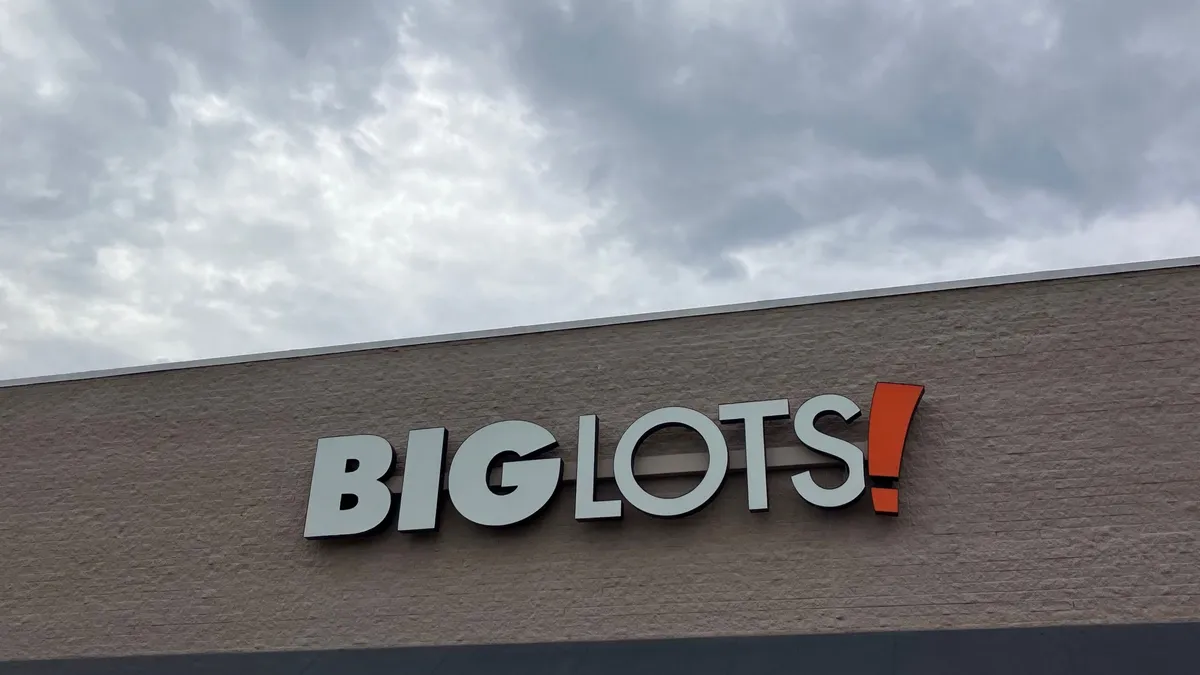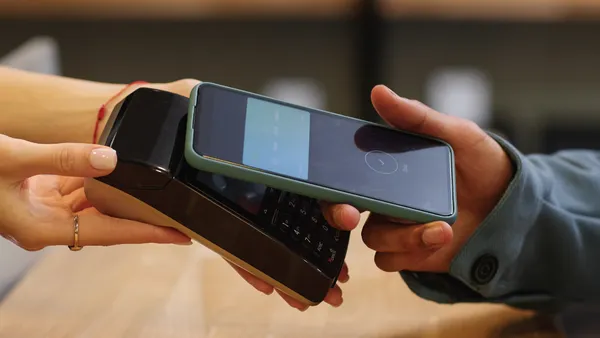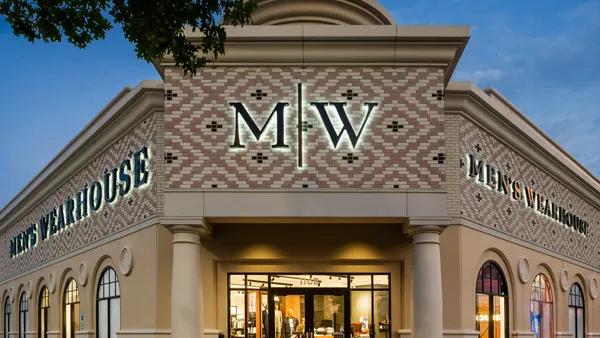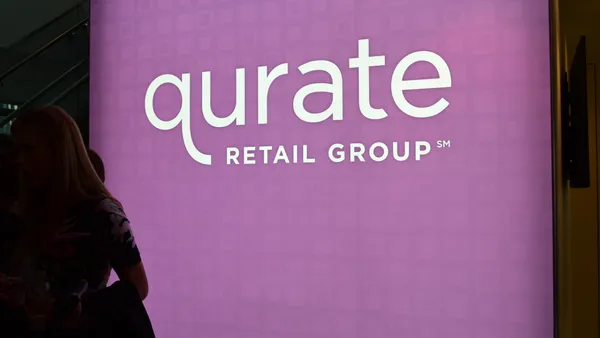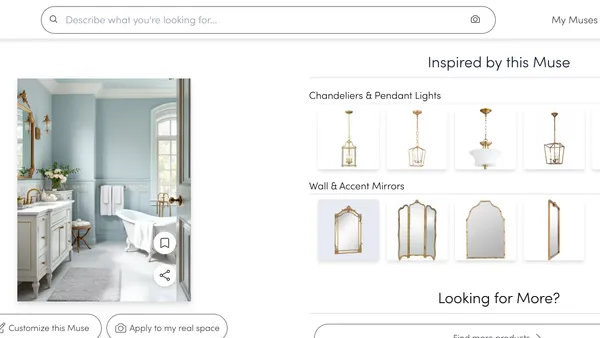CHICAGO — Physical retail got a shout out from an unlikely source Wednesday when Fabletics President and General Manager Gregg Throgmartin detailed how the fast-growing athleticwear brand has excelled online, thanks to its growing store base.
Fabletics raked in $235 million in revenue last year and ranks as one of the 15 fastest-growing internet stocks. But Throgmartin attributes much of the brand's online growth to its 18 brick-and-mortar stores and the data each produces. That’s right — the e-commerce company mines brick-and-mortar for data to inform the digital storefront.
“There is so much data, and I think companies struggle to make better decisions,” he told attendees at the Internet Retailer Conference and Exhibition in Chicago.
The data is biased, according to Throgmartin. Most organizations typically gather information, put it into a funnel and make choices for the customer. In the end, it all comes down to a single equation: whether something is bought or not. “More data does not equate to more insights,” he said. “We needed better, more contextual data — this is the reason we decided to open stores.”
"More data does not equate to more insights."

Gregg Throgmartin
Fabletics President and GM
Fabletics first began as an online brand, selling inexpensive workout wear and athleisure in partnership with actress Kate Hudson as the face of the line. It’s part of the TechStyle Fashion Group's family of brands, which includes JustFab, ShoeDazzle and FabKids.
In mid-2016, Fabletics developed technology called OmniCart that puts digital tools into store associates' hands. Employees scan items that shoppers take into the fitting room with a portable device. Since Fabletics is a membership-based model, shoppers are often already registered. Once in the store, items of interest can be added to their online shopping cart. Digital signage on each fitting room lets associates identify items and sizes as well as shoppers preferences, so they can push personalized messages and promotions.
The company is using information generated by its brick-and-mortar shoppers to monitor product satisfaction and tweak assortment. For example, sell-through rates of the brand’s best-selling leggings were 81% — a win for most labels, said Throgmartin — but were much lower for smaller sizes. Feedback from stores indicated fit problems and these sizes were pulled from the online inventory to avoid returns and customer dissatisfaction.
Fabletics can now test new styles in stores and adjust online assortment accordingly. If something is selling well at brick-and-mortar but not online, it indicates the need for better imagery on the website. The system allows store associates to interact with shoppers, gather data throughout the entire path to purchase, and then analyze it in ways that inform the e-commerce site.
Shoppers are converting at higher rates with OmniCart. Fabletic’s Net Promoter Scores — aggregate customer ratings — are also higher, according to Throgmartin. Items left behind in the physical dressing room are automatically added to the digital cart, and shoppers can buy when and where they like.
Sales are higher for Fabletics in markets where they operate stores — a trend that may seem counterintuitive, particularly as legacy retailers close thousands of stores as sales shift online. But Fabletics isn’t alone in this phenomenon. Like many retailers, Kohl's is struggling with declining same-store sale. But instead of closing stores, management has chosen to shrink them. Some 85% of sales are still occurring in stores and the physical location are driving traffic to the website, CEO Kevin Mansell said at Shoptalk in March. In fact, when the retailer has shuttered outlets, online sales in those markets have dipped as a result, he said.
"I can tell from my phone right now, in any store in the country, how many people are in the fitting room, for how long, and with how many items."

Gregg Throgmartin
Fabletics President and GM
Using stores as fulfillment centers for omnichannel efforts is one thing, but Fabletics uses stores for market research, merchandise testing and loyalty building. Throgmartin calls this “brick mining. We’re using data from both channels to inform the other and provide a better customer experience."
The technology also allows Fabletics to study and adjust store design. “I can tell from my phone right now, in any store in the country, how many people are in the fitting room, for how long, and with how many items,” he said. “So I can adjust my store design based on this.”
Omnicart took nine months to develop from start to finish, he said. The speed with which the company got Omnicart from idea to implementation is just one benefit of being a digital-first business.
The experience may be particular to Fabletics, which sells one brand in a single product category. The question is, would something like this work for a larger retailer with multiple brands and product categories?
It would be harder, confessed Throgmartin. “It should be harder," he said. "I hope it’s hard for everybody else."






